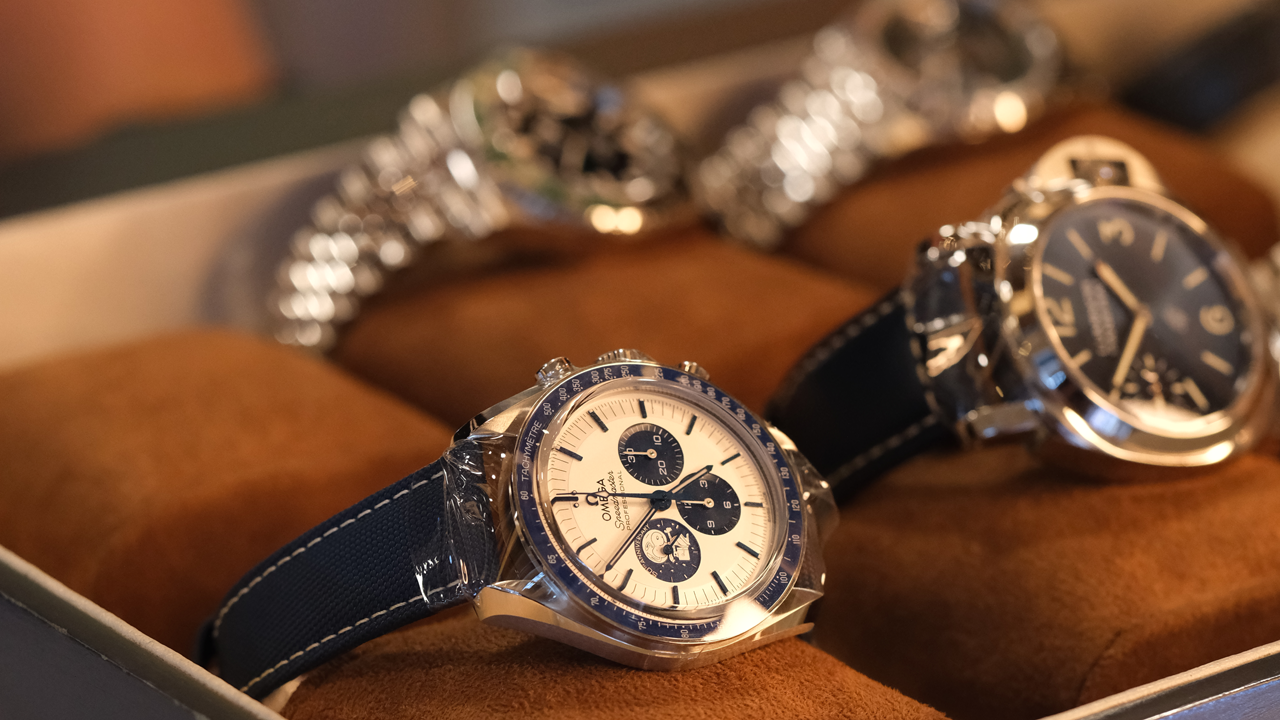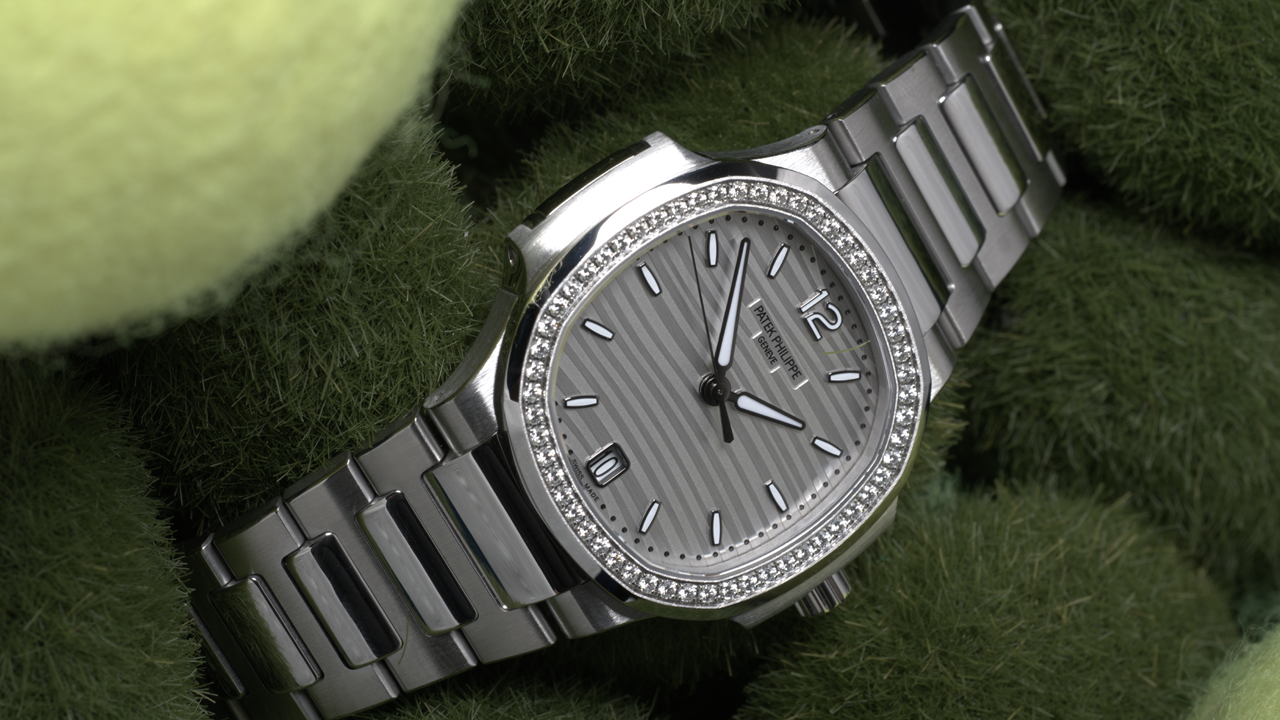How to regulate a watch properly is a question that often separates the casual wearer from the true enthusiast. While professional servicing is always an option, there are safe and effective ways to make minor timing adjustments yourself, if you understand the process.
In this article, we’ll explore how to approach watch regulation with care and confidence. Read more to find out the answer.
Table of Contents
ToggleWhat Does “Regulating a Watch” Actually Mean?
Regulating a watch means adjusting its movement to improve timekeeping accuracy, ensuring it gains or loses as few seconds per day as possible. This is not to be confused with servicing.
While servicing involves a complete overhaul (cleaning, lubricating, and replacing worn parts), regulation is a more focused adjustment, typically made to the balance wheel or regulator mechanism. It doesn’t affect how the watch functions, only how precisely it keeps time.
Regulation addresses performance, not operation. A watch can run perfectly in terms of ticking and winding yet still drift in time if it’s out of regulation. It’s a fine-tuning process that brings the watch closer to optimal accuracy without altering its core mechanics.
This process applies to mechanical watches, both manual and automatic. Though they differ in how they’re powered, the regulation method is largely the same: adjusting the rate at which the balance wheel oscillates.
Read More: Easy Tips to Eliminate Fog Inside Your Watch and Keep It Clear
Can All Watches Be Regulated?
Not all watches can be regulated in the traditional sense. While mechanical and automatic watches are designed to allow adjustments to their timing, some other watches do not offer manual regulation. These watches include quartz watches.
How to Regulate a Mechanical Watch
Mechanical watches, powered by a hand-wound spring, can be regulated by adjusting the balance wheel or the regulator arm.
This is typically done using a fine tool to slightly shift the regulator, which controls the tension of the hairspring and influences how fast or slow the movement runs.
It requires precision and a steady hand, as small adjustments can make a significant difference in accuracy.
How to Regulate an Automatic Watch
Automatic watches, which wind themselves through wrist movement, use the same regulating principles as mechanical watches.
The adjustment points are usually the same, and many automatic movements feature a regulator index or microstella screws on the balance wheel.
These can be accessed through the case back, provided the watch is not sealed, and allow for careful calibration of the timekeeping rate.
Watches That Can’t Be Regulated Manually
Quartz watches, which rely on electronic oscillation rather than mechanical movement, are typically not regulated manually. Their accuracy is set by the circuit and quartz crystal, which are not adjustable by hand.
Likewise, some modern watches, especially those with sealed or factory-regulated movements, are designed to be maintenance-free and cannot be opened or adjusted without specialized equipment.
In these cases, any timing issues usually require professional servicing or component replacement rather than regulation.
How to Regulate a Watch: Step-by-Step
Regulating a watch requires a steady hand, the right tools, and a good understanding of how your movement functions.
While it may sound intimidating at first, the process is manageable with patience and care, especially for those who appreciate the precision behind mechanical craftsmanship. Below is a step-by-step guide to help you adjust your watch’s timing safely and effectively.
1. Identify the movement type
Begin by confirming your watch’s movement. Regulation only applies to mechanical and automatic watches, as quartz movements rely on electronic oscillation and cannot be manually adjusted.
Check the manufacturer’s specifications or open the case back (if you’re comfortable doing so) to identify the movement caliber.
2. Measure the accuracy
Before making any adjustments, determine how much your watch is gaining or losing per day. You can do this manually by comparing it to an atomic clock over 24–48 hours.
Or, you can also use a timegrapher for a more precise reading. Note whether the deviation is consistent, as this will guide how much adjustment is needed.
3. Locate the regulator
Open the case back carefully using the appropriate tool. Inside, you’ll find the balance wheel, and near it, the regulator—often marked with “+” and “–” or “F” (fast) and “S” (slow).
Some movements use a regulator index, while high-end calibers may have adjustable screws on the balance wheel.
4. Make minor adjustments
Using a fine regulation tool or a non-magnetic tweezer, gently move the regulator arm in the appropriate direction: toward “–” or “S” if the watch is running fast, and toward “+” or “F” if it’s running slow.
Always make very small adjustments, just a fraction of a millimeter at a time and never force the mechanism.
5. Recheck and repeat if needed
Close the case back temporarily and monitor the watch over the next 24 hours. If it’s still off, you may need to reopen and adjust again slightly.
It may take a few iterations to get it just right. If accuracy remains inconsistent, it could indicate a need for professional servicing rather than simple regulation.
Learning how to regulate a watch is a valuable skill for any enthusiast, but it’s equally important to recognize when a timepiece needs professional care.
If your watch continues to lose or gain time despite careful regulation, or if you notice signs of wear in the movement, it may be time for a full servicing.
You can always utilize the watch service at Luxehouze. Our team of professionals can help you maintain your watch in its best condition, ensuring both performance and longevity.
And if you’re looking to expand your collection, Luxehouze also offers a wide selection of luxury watches, each one 100% authentic and available at the best price. So whether you’re maintaining a classic or searching for your next statement piece, visit Luxehouze today!












